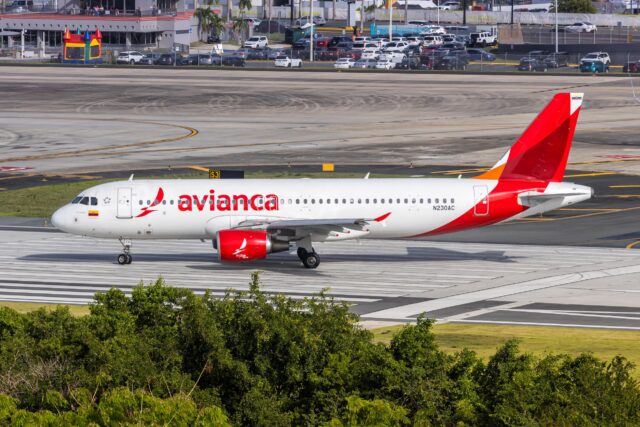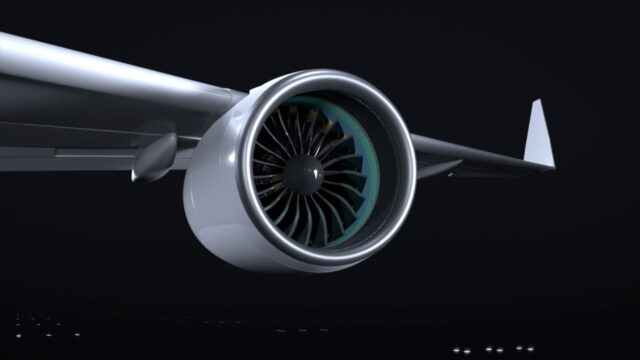Netherlands advance plans for Hydrogen-Electric Flights by 2025
Image: ZeroAvia
Zero-emission innovator ZeroAvia has signed a collaboration agreement with Shell, Rotterdam The Hague Airport and Rotterdam the Hague Innovation Airport to target green flights and decarbonise airport operations…

Image: ZeroAvia
Zero-emission innovator ZeroAvia has signed a collaboration agreement with Shell, Rotterdam The Hague Airport and Rotterdam the Hague Innovation Airport to target green flights and decarbonise airport operations by using hydrogen.
The parties will develop a concept of operations for hydrogen in airports and demonstration flights to European destinations by the end of 2024, gearing up for commercial passenger flights by 2025.
Following up on the cooperation commitment announced last year to launch the first hydrogen-electric commercial flight, this specific collaboration will focus on serving the first hydrogen flight from Rotterdam, including operation at the airport, developing on-the-ground infrastructure and operations to satisfactorily pilot distribution, storage, and dispensing of hydrogen for aviation, leading towards decarbonizing the whole airport ecosystem.
Ultimately, the project targets supporting aircraft operations using gaseous hydrogen to fuel ZeroAvia’s hydrogen-electric, zero-emission ZA600 engines. For these specific demonstration flights the parties aim to establish routes to airports in Europe within 250 nautical mile radius of Rotterdam. Last month, ZeroAvia demonstrated a first flight of a 19-seat aircraft powered by its prototype ZA600 engine.
Zero-emission flights
Arnab Chatterjee, VP, Infrastructure, ZeroAvia, said: “Having this consortium, including Rotterdam The Hague Innovation Airport and Shell, moves the ball a significant distance down the field towards our goal line of commercial operations. Some first passengers on zero-emission flights in the world could be flying from Rotterdam. There is still a lot of work to do, but with clear milestones and targets identified, the hard work really starts now towards delivering the infrastructure and exploring the protocols and standards required.”
Subscribe to the FINN weekly newsletter
















